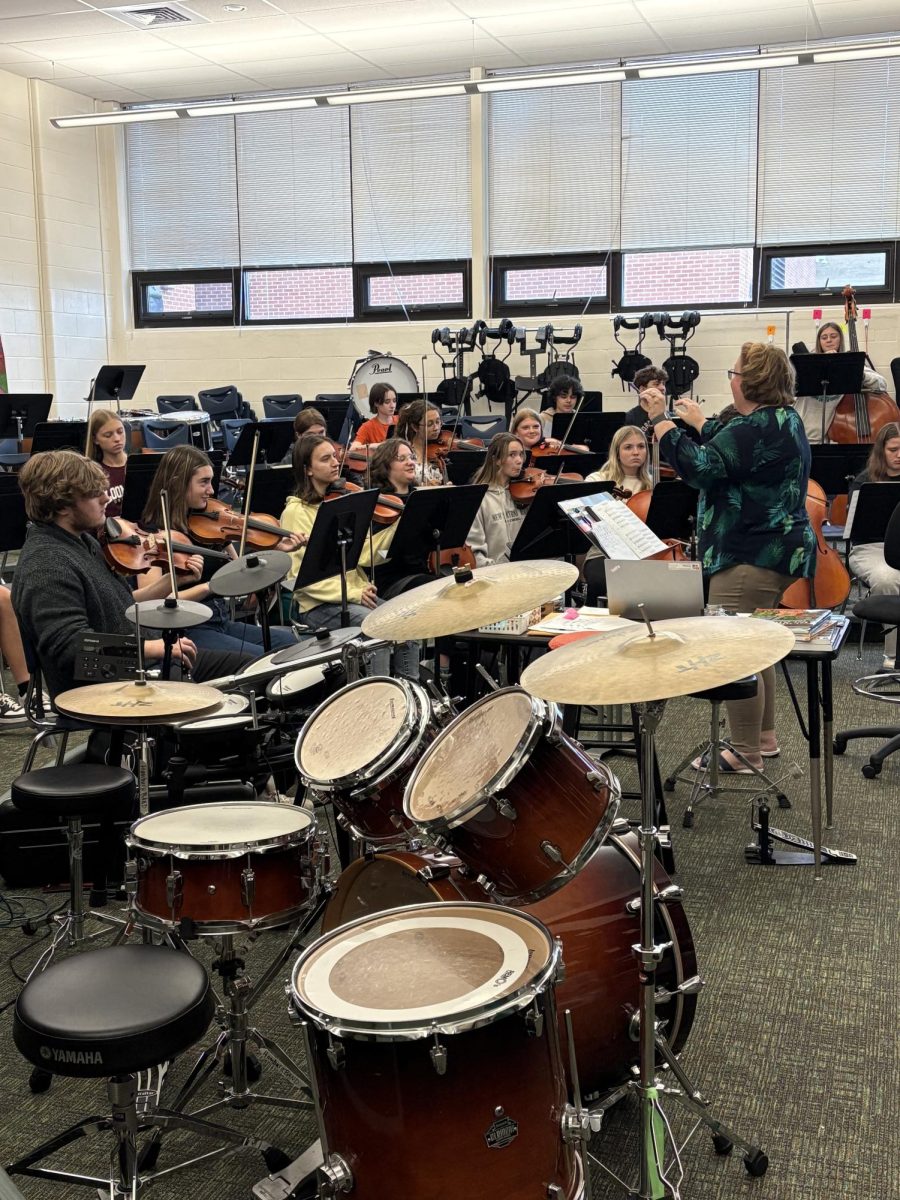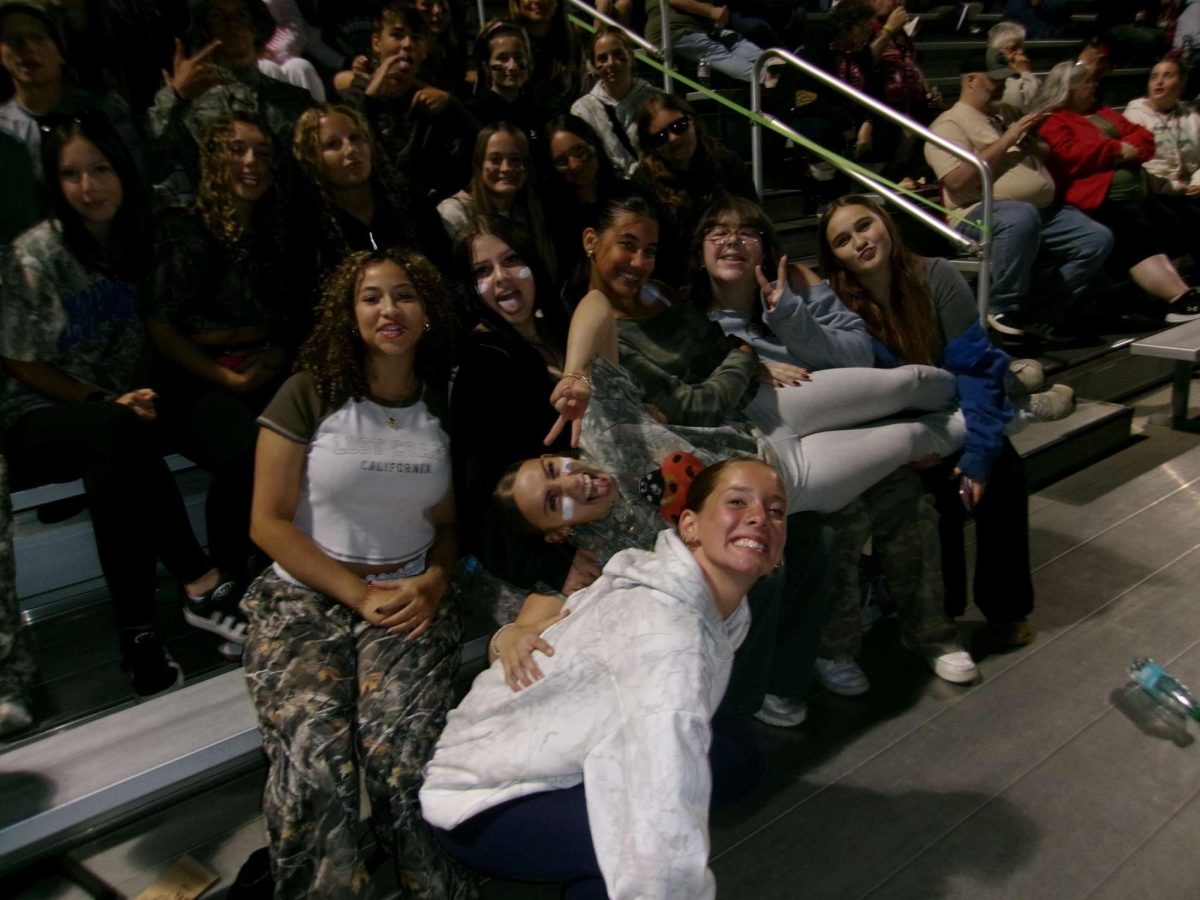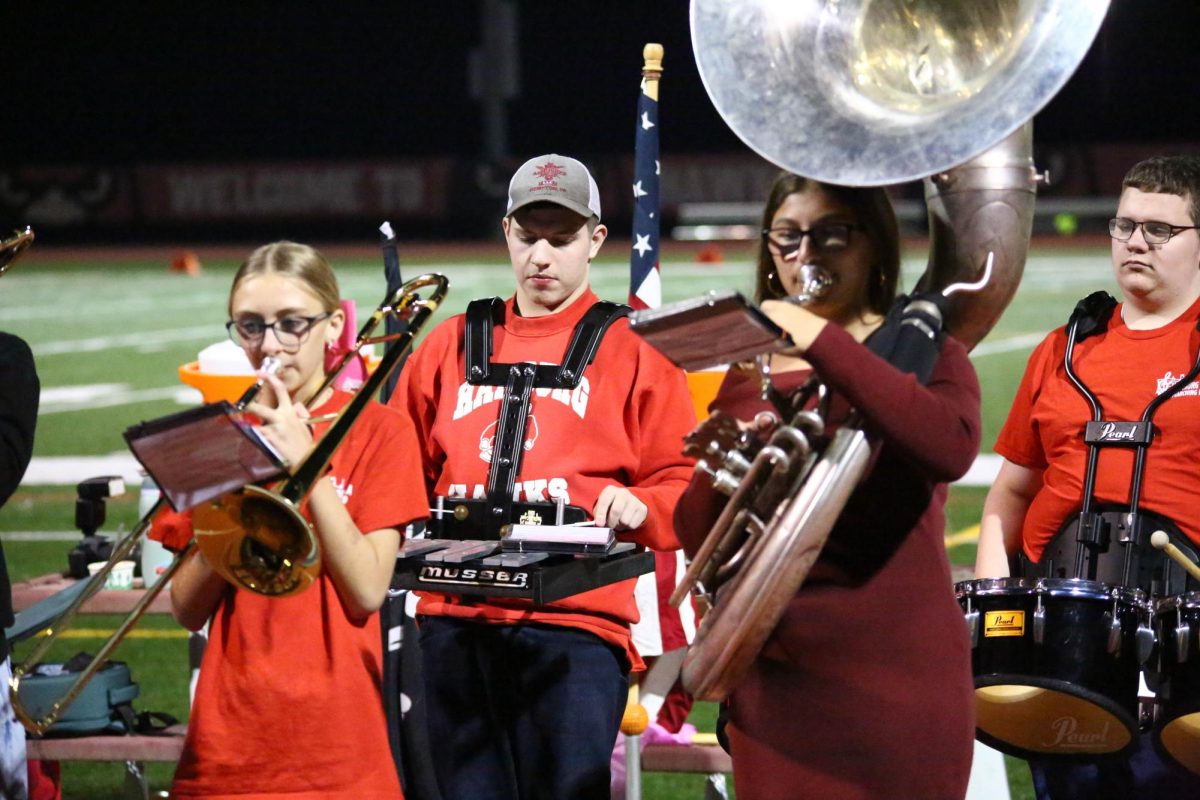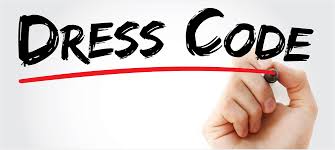Dress code is a controversial topic among many schools, because many teachers, administrators, and principals believe that students should dress a certain way or should have to wear uniforms. On the other hand some believe that wearing what one wants helps express who one really is. But where is the line drawn for this? How far is too far for self expression at school? Can this affect the way students learn?
Dress code was formed after Tinker v. Des Moines Independent Community School District of 1969, after five students had worn a black armband in response to the American involvement in the Vietnam war. The students were suspended in response to this, and they felt that they had the right to express themselves due to the First Amendment in the constitution. They had taken the case to the Iowa Civil Liberties Union, where the decision ended up in a tie. This then led them to appeal the case and take it to the Supreme Court where it was ruled with a 7-2 vote. The First Amendment applied to public schools and administrators would have to provide constitutionally valid reason for any specific regulation of self expression or speech in the school premises. This shaped the dress code and how much it can regulate a school’s restrictions on what one wears.
In recent times there have been many experiments about the concept of dress code and many varying results. Some research finds that students who wear uniforms tend to be more destructive, depressed and suffer from emotional problems, but they are more attentive in class. This also causes students to feel less of a connection with teachers and fellow students, due to not expressing their individuality. Other research shows that heavy monitoring of students’ clothing promotes conformity rather than adaptability, creativity and critical thinking. Students’ clothing choices only affect one’s learning when dressed in an extreme way and, strict dress code causes a dull learning environment with very little creativity and self expression. While other schools allow students to wear what they want to, they have restrictions upon what is and is not allowed. This can cause students stress as to finding an outfit that fits the dress code for school due to fear of reprimanding or punishment. Schools that allow students to wear what they want often have differing opinions from teacher to teacher on what they deem appropriate, this can cause further problems among students. While one teacher may deem a top appropriate another will not causing confusion, this can also cause a student to miss class due to having to change or go home. Dress code is predominantly against females in school. This is due to their dress, skirt, or shorts can not be shorter than fingertip length, their shirts can not be too tight, too low cut, or see through. Along with having a limited selection of clothing that fits this criteria today it becomes hard for students to be able to fit the dress code. Also varying body types affects dress code among students, some students have a slimmer frame and clothing falls differently than a student who has curves.
Dress code is an important topic because while females get reprimanded to being too distracting, male students do not have to deal with that. Also males do not get punished for being distracted by something that is normal. Female students in schools are being sexualized and are being taught from a young age that males get distracted by normal female anatomy and that they must cover themselves.
I have dealt with this issue many times in my school career. I have worn an outfit that a teacher deemed inappropriate, and I had to either change or alter it somehow, but then I see someone else wearing the same thing but they have a different body type. This makes me wonder why I had gotten in trouble for my outfit but they had not. This also causes a sense of confusion and frustration as to why I can not wear an outfit but someone else can. While I was pulled out of class to be told my outfit was distracting, I had missed my lessons and lost crucial learning time. This hinders my ability to learn and makes me behind in my class all because a teacher deemed my outfit distracting. This not only happens to me but to my peers and many female students. We are pulled out of class reprimanded for our outfit and we miss class time or even a whole day of school over an outfit issue. Also the punishments for violating dress code in Hamburg Area High School are quite unreasonable, for one violation a students’ parents will be called and they will have to change, a second offense is a detention, a third offense receives two detentions and calls home to parents, and any further offenses are in school suspensions. Being punished so harshly for wearing something out of dress code is unreasonable and cruel. I feel that since one would be missing so much class time to serve their in school suspensions they should be excused from all work. This is in fact not the case and even if one is not present in class, he/she is responsible for doing all work, this also puts a dampening on a students education. Not having the full class time and experience does not allow for one to obtain all aspects of learning.
Dress code is and will be a split opinion topic, some believe that dress code should be enforced strictly and others believe that dress code should not even be a thing. While there are great arguments to both sides, I believe that there should be a fine line between dress code and freedom of expression. I believe that in today’s society we have been hurt by dress code not only mentally but academically too.
For more information on the topic visit : https://chantillynews.org/8545/opinions/dress-codes-affect-student-learning/


































